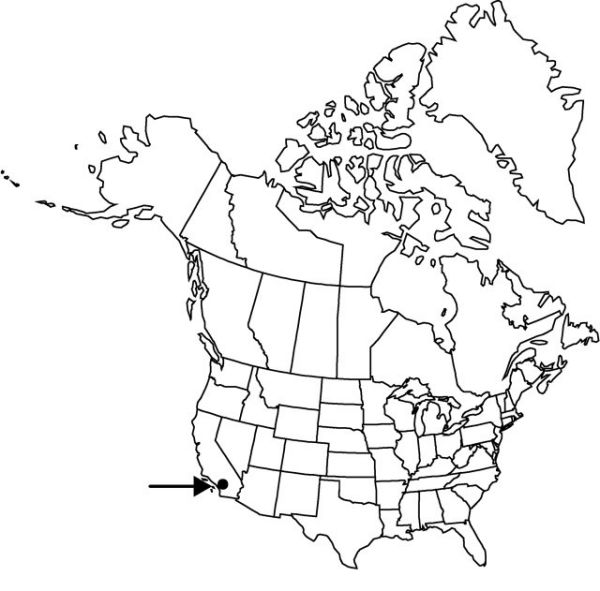Difference between revisions of "Brodiaea filifolia"
Proc. Amer. Acad. Arts 17: 381. 1882.
FNA>Volume Importer |
FNA>Volume Importer |
||
| Line 11: | Line 11: | ||
|name=Hookera filifolia | |name=Hookera filifolia | ||
|authority=(S. Watson) Greene | |authority=(S. Watson) Greene | ||
| + | |rank=species | ||
}} | }} | ||
|hierarchy=Liliaceae;Brodiaea;Brodiaea filifolia | |hierarchy=Liliaceae;Brodiaea;Brodiaea filifolia | ||
| Line 36: | Line 37: | ||
-->{{#Taxon: | -->{{#Taxon: | ||
name=Brodiaea filifolia | name=Brodiaea filifolia | ||
| − | |||
|authority=S. Watson | |authority=S. Watson | ||
|rank=species | |rank=species | ||
| Line 51: | Line 51: | ||
|publication year=1882 | |publication year=1882 | ||
|special status= | |special status= | ||
| − | |source xml=https://jpend@bitbucket.org/aafc-mbb/fna-data-curation.git/src/ | + | |source xml=https://jpend@bitbucket.org/aafc-mbb/fna-data-curation.git/src/f50eec43f223ca0e34566be0b046453a0960e173/coarse_grained_fna_xml/V26/V26_652.xml |
|genus=Brodiaea | |genus=Brodiaea | ||
|species=Brodiaea filifolia | |species=Brodiaea filifolia | ||
Revision as of 21:51, 16 December 2019
Scape 20–30 cm, slender. Flowers 14–20 mm; perianth violet-reddish purple, tube narrowly cylindrical, 6–8 mm, transparent, splitting in fruit, lobes widely spreading, 10–14 mm; filaments 0.5–1 mm, base not triangular, with narrow abaxial wings; anthers linear, 3–5 mm, apex widely notched; staminodia inconspicuous, reflexed against perianth, purple, threadlike, 2–4 mm, apex subulate; ovary 4–5 mm; style 6–7 mm; pedicel 1–4 cm. 2n = 24.
Phenology: Flowering spring (Apr–May).
Habitat: Grasslands, vernal pools
Elevation: 0–300 m
Discussion
Of conservation concern.
Brodiaea filifolia is endangered. It grows on clay soils at the edges of vernal pools and flood plains in southern California. It has been extirpated from Los Angeles and San Bernadino counties and is seriously threatened by development, vehicles, and agriculture in Riverside and San Diego counties. It is in cultivation.
Selected References
None.
